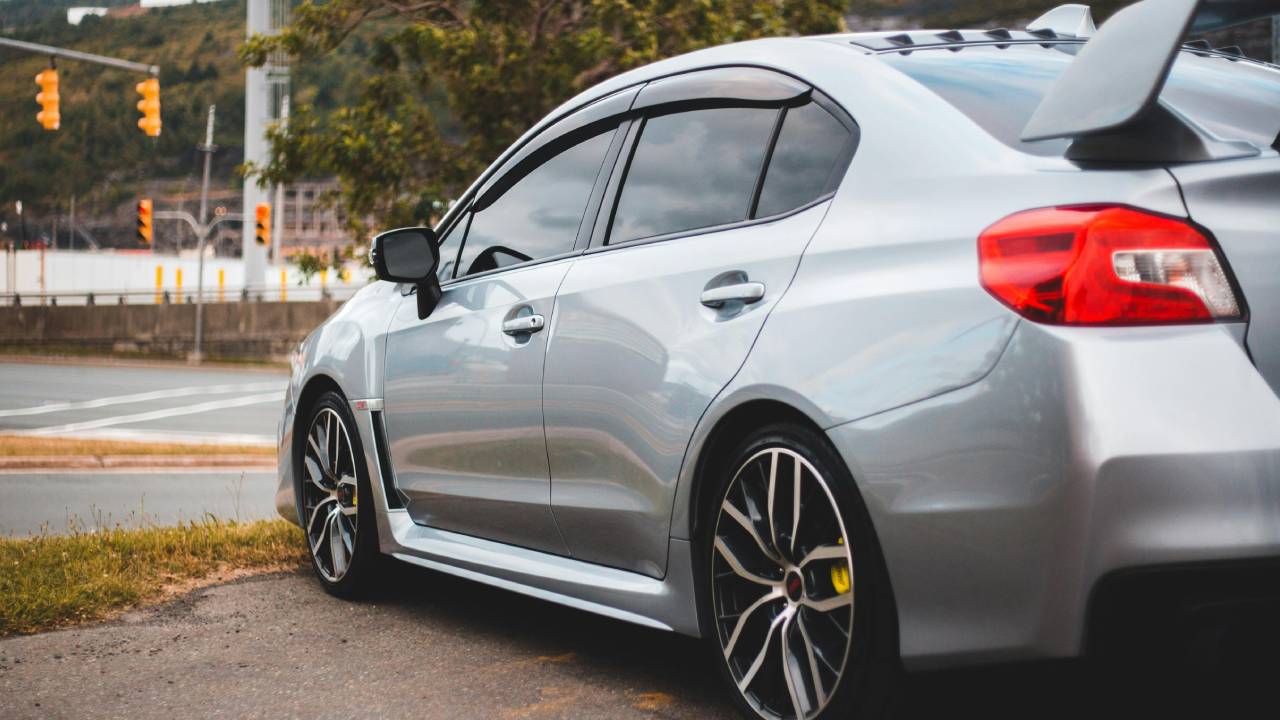Owning a collection of classic cars is more than just a hobby—it’s a way to preserve automotive history, express personal style, and enjoy the thrill of driving vehicles from a different era. Whether you’ve always admired the gleam of a 1957 Chevrolet Bel-Air or the timeless lines of a Jaguar E-Type, building a classic car collection is both an ambitious and rewarding pursuit.
This guide will walk you through everything you need to know about starting your own classic car collection, from understanding the market to finding the right vehicles and caring for your investment.
Getting Started
Before you rev up your engines, there are a few key steps to take to ensure you’re ready to start collecting classic cars.
Assessing Your Interest in Classic Cars
Take a moment to reflect on why you’re interested in classic cars. Is it the craftsmanship, nostalgia, or the investment potential? Identifying your motivation will help shape your collection and narrow down the kinds of vehicles you want to pursue.
This is also a good time to explore different automotive eras. Are you drawn to the glamour of 1960s American muscle cars, pre-war European luxury vehicles, or quirky Japanese classics? By honing in on your interests, you’ll create a focused, meaningful collection rather than buying impulsively.
Understanding the Classic Car Market
The classic car market is vast, varied, and constantly evolving. Research market trends to learn which cars are increasing in value and which are more widely available. Some cars, like a 1965 Ford Mustang, remain evergreen classics, while others, such as the Volkswagen Scirocco or BMW E30, have recently seen surges in popularity.
Online platforms like Hagerty and AutoTrader Classics are excellent resources for gauging the current market. Take your time learning about valuation factors, including rarity, originality, and historical significance.
Setting a Budget
It’s easy to get carried away when you’re dreaming of a shiny vintage Porsche in your garage, but setting a realistic budget is essential. Consider not just the purchase price but also the cost of maintenance, storage, insurance, and possible restoration.
A good rule of thumb is to allocate an additional 20-30% of the car’s purchase price for immediate repairs and upkeep. This financial cushion ensures you’re prepared for unexpected surprises that often come with owning classic cars.
Research and Networking
Once you’ve established your intent and budget, it’s time to roll up your sleeves and dig into research.
Identifying Desirable Classic Cars
What makes a classic car “desirable” varies depending on who you ask, but some universal factors include rarity, condition, performance, and historical significance. Lists of iconic classics, like the Aston Martin DB5 or the Shelby Cobra, are a good place to start.
Experts recommend purchasing a car that speaks to you personally rather than chasing market trends. Cars that you have an emotional connection to are likely to bring you more joy in the long run.
Digging into Car Histories
Never make a purchase decision without thoroughly researching the history of the vehicle. Important factors include prior ownership, accident history, and whether the car still contains its original parts. A detailed service record can also reveal how well the car has been maintained over the years.
Tools such as VIN decoders, Carfax reports, and marque-specific forums can help you access this information.
Joining Classic Car Communities
Classic car collecting isn’t just about the cars; it’s about the community. Joining online forums, local car clubs, or even attending enthusiast gatherings can help you tap into a wealth of collective knowledge. Experienced collectors often have insider tips on trustworthy dealers or rare car listings, making these connections invaluable.
The Acquisition Process
Finding Reputable Dealers and Sellers
Purchasing a classic car might seem daunting, but the right seller makes all the difference. Seek out reputable dealers, auction houses, and private sellers with proven track records. Popular auction platforms such as Bring a Trailer or esteemed dealerships like Beverly Hills Car Club are great places to start.
Always verify the credibility of sellers through testimonials, reviews, and personal recommendations within trusted communities.
Evaluating the Vehicle’s Condition
Before committing to a purchase, evaluate the vehicle carefully. Look for rust, evidence of repairs, or inconsistencies in paint or parts. A professional inspection is a must if you’re not an expert yourself, and an experienced mechanic will be able to give you a clear picture of the car’s condition.
Remember, matching numbers (original engine and parts) add significant value, so confirm this when buying a rarer vehicle.
Negotiating the Purchase Price
Don’t be afraid to negotiate. Sellers often expect some back-and-forth, and informed buyers who know the fair market value of a vehicle are more likely to strike favorable deals. Bring along an inspection report or your research to justify your price.
Maintenance and Preservation
Classic cars are timeless treasures, but only with proper maintenance will they retain their luster and value.
Regular Maintenance
Schedule regular inspections and fluid changes to keep your car running smoothly. Keep an eye on common wear and tear areas such as tires, belts, and brakes. An ongoing maintenance schedule prevents larger issues from arising, which could become costly down the road.
Preserving Originality
One of the golden rules of classic car collecting is maintaining the vehicle’s originality. Any restorations should align with the car’s original specifications. When sourcing parts, prioritize OEM (original equipment manufacturer) parts whenever possible.
Sourcing Parts and Services
Finding parts for rare cars can be a challenge, so look into specialist suppliers, such as Hemmings or Classic Industries. Forge relationships with mechanics who understand vintage cars to ensure high-quality maintenance work.
Display and Enjoyment
How to Display Your Collection
From custom-built garages to minimalistic storage showcases, there are many ways to display your collection. Climate-controlled storage and specialized covers can protect against dust, humidity, and temperature fluctuations that might harm your car’s paint or interiors.
Participating in Car Shows
Car shows and events are perfect opportunities to share your passion with like-minded enthusiasts. Prestigious events like Pebble Beach Concours d’Elegance or local gatherings allow you to showcase your collection while learning from other collectors.
Enjoy the Drive
Finally, don’t forget to take your classic cars out for a drive! Few things compare to the joy of cruising down scenic roads in a vintage convertible or hearing the satisfying growl of a well-maintained engine.
Build Your Dream Collection Today
Starting your own classic car collection is an exciting and rewarding adventure. By following these steps, you’ll be prepared to find vehicles that speak to your heart, care for them meticulously, and enjoy them with pride.
Whether you’re seeking to preserve automotive history or revel in the freedom of the open road, the joy of owning a classic car is truly unparalleled. Share this blog with your fellow enthusiasts and start your collection today!


